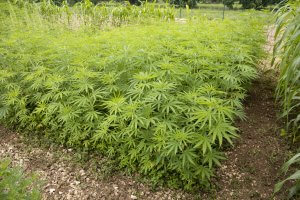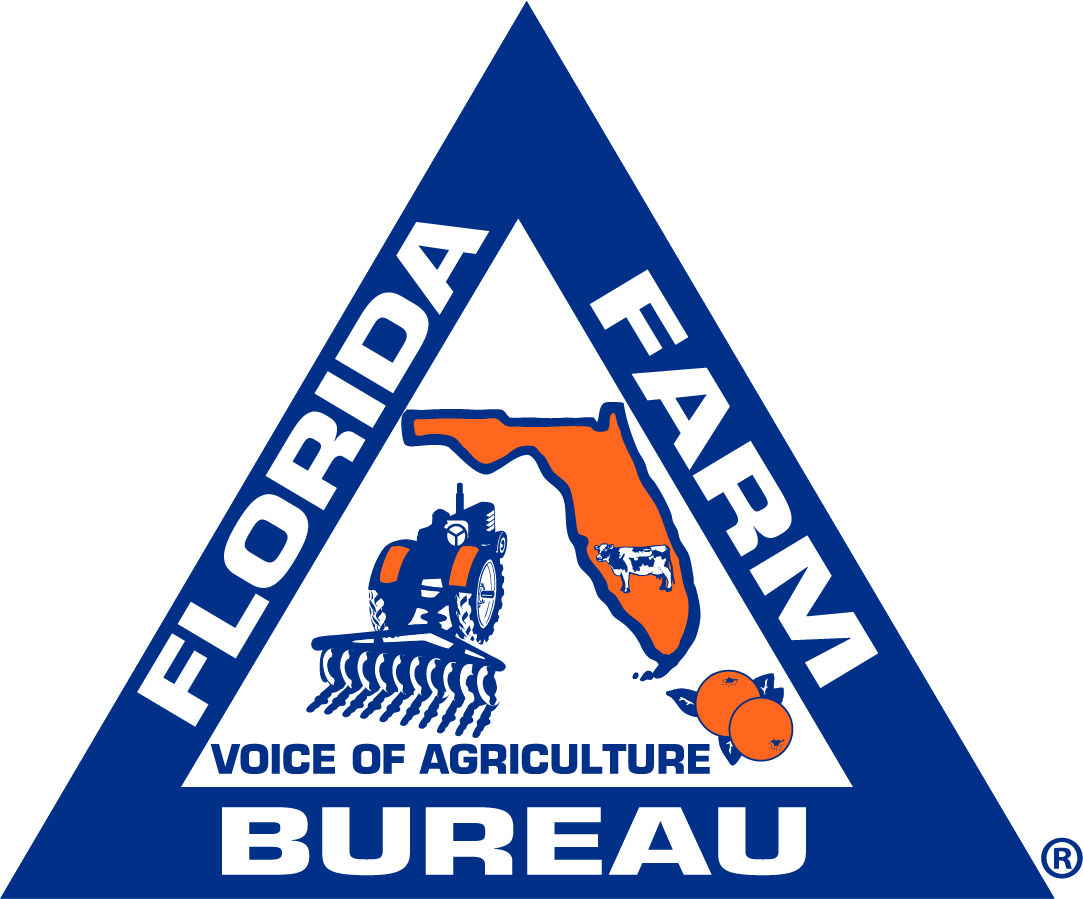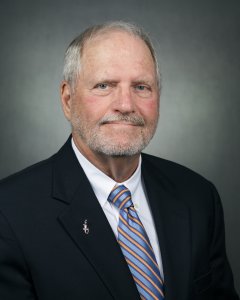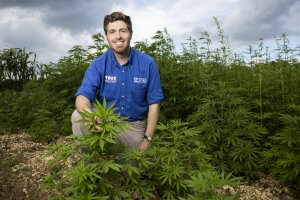We need two types of agricultural science – the science of now, and the science of the future. Researchers are working on what’s in your fields now as well as what might be in them in five, 10, even 20 years.
Most research done by the University of Florida’s Institute of Food and Agricultural Sciences is on the “now” crops – citrus, tomatoes, strawberries, peppers, and many more. If you grow it, we probably study it.
We’d be doing you a disservice if we failed to prepare you for the future. Our work on alternative crops aims to identify what will make you money years from now as conditions, markets and consumers’ preferences change.

The highest-profile alternative crop is hemp. It’s new. It’s headline-grabbing. It played a prominent role in the campaign platform of our Commissioner of Agriculture. In a decade leading Florida agricultural research and development, I’ve never seen such interest in an alternative crop.
We’ve launched an eight-site trial to identify hemp varieties suitable for Florida, to develop practices most likely to produce a profit and to assess its risk as an invasive plant. We’re doing it in part because numerous Farm Bureau members have expressed an interest in it.
We’re also doing it because the Legislature has requested that we carry out hemp research. We’re happy to comply with the Legislature’s wishes and yours. We’ll share what we’ve learned so far through our hemp program website and outreach events such as the Florida Ag Expo at the Gulf Coast Research and Education Center in Wimauma on Nov. 21.
Hemp may someday become a profitable Florida crop. So, too, could peaches, olives, pomegranates, tea, or vanilla. UF/IFAS researches them all.
The buzz around hemp does not translate into vast acreage nor wholesale redirection of UF/IFAS research. Even the coordinator of the hemp research, agronomist Zack Brym at the UF/IFAS Tropical Research and Education Center, studies many things besides hemp.
The modest hemp plots scattered across the state are dwarfed by the 582 acres of Citrus Research and Education Center groves, for example. We have another entire research center devoted to range cattle. Still another, in Suwannee Valley, focuses on crops important in that region – peanuts, watermelon, field corn, carrots and peppers. It doesn’t have a single hemp plant.
Let’s remember, peppers were once an alternative or “emerging” crop. I don’t think anyone would classify them as such today.
Good thing we got going decades ago on the scientific discoveries that have helped make Florida the nation’s second-leading bell pepper producer today. You’ve also seen a big payoff from decades of research that have provided the foundation for a blueberry industry in Florida.
We’re approaching hemp as a potential addition to a diversified rotation of crops – not as the next green gold rush. It’s a small, but important part of our research program.
We’ll provide the science so you can make your own judgment about whether hemp is worth a go. Again, we’d be doing you a disservice if we made that choice for you by not researching it thoroughly and leaving you in the dark about its potential or perils.
One of the advantages of having one of the nation’s leading land-grant universities at your service is that we can address so many needs. Attention to the new kid on the block – hemp – doesn’t detract from our work on crops that have been produced here for more than a century.
Jack Payne is the University of Florida’s senior vice president for agriculture and natural resources and leader of the Institute of Food and Agricultural Sciences.


